I have been thinking a lot lately about the current state of our arts and cultural institutions and the challenges they face. Staffing in general but specifically leadership is a major problem. That coupled with the ever changing dictates and expectations of a fluid society increasingly distracted by technology. There is a real demand to re-evaluate how our institutions serve the public and keep the sacred keys of our history and stories in tact. As such, I decided to take a moment and speak to the staff at a couple of such institutions. Both the Hart Cluett Museum and the Hudson Mohawk Industrial Gateway have newish Executive Directors and interestingly, the feedback everyone had to my questions was surprisingly consistent.
For the interview I spoke to:
Kathryn T. Sheehan, Executive Director Hart Cluett Museum, Rensselaer County & Troy City Historian
Amanda Irwin, Deputy Director Hart Cluett Museum
Samantha Mahoski, Curator & Archivist Hart Cluett Museum
Anna Doren, Education Director Hart Cluett Museum
Dr. Susan Ouellette, Executive Director Hudson Mohawk Industrial Gateway / Burden Iron Works Museum
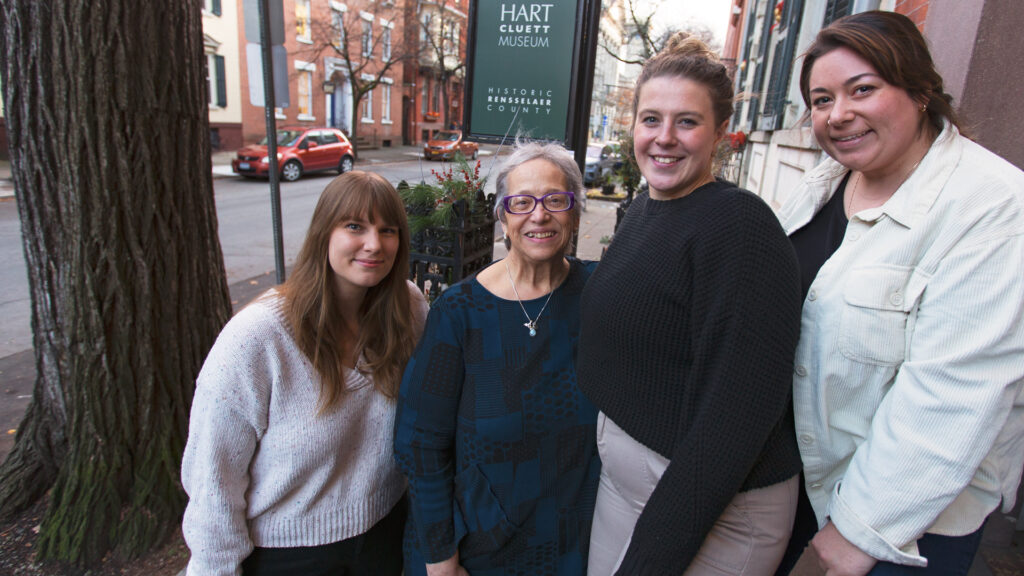
We see a lot of changes happening in historical / museum space as of late, specifically in how we create value for community and new audience. What do you identify as important shifts that need to happen to build continued relevance and connectivity with the community at large?
KATHRYN: A main goal of mine is to understand the many levels of stories that are present in the Hart Cluett House . Despite what the visitor may see when going through the 1827 house, I want the visitor to understand all the stories of the people that lived and worked in this house. In our exhibition spaces I want to support our curator to further develop historic issues that are still relevant today and for people to see that connection of past history to current issues. I want us to attract underserved audiences through our exhibitions and programs, so their stories and history are accurately chronicled for future generations.
AMANDA: I think the key word to defining our relevance is connection. We serve all of Rensselaer County, which includes a vast and diverse landscape and population, rural farming communities to bustling downtowns. Maintaining that representation can be difficult, but it’s integral to telling the stories of those who have helped build this region and to those who continue to make our area a place to live, work, and build a life. I believe our value is tied to the way in which we bring those stories to life, whether that is through a traditional exhibit experience or a field trip. I’m happy to say that the museum admission is ‘Pay what You Wish‘ to remove barriers and welcome all visitors.
SAMANTHA: How we create value for community and new audiences requires us to actually go out into the community, engage with those community members by having conversations and holding space for them to express their needs.
ANNA: We have many visitors come to explore our Research Library and join us for walking tours. Currently our curator, Sam Mahoski, has made a point of creating diverse exhibits exploring different aspects of Rensselaer County history that are relevant to us today, learning about our local history can help us understand current events and appreciate the diversity of our area.
SUSAN: Our museum is just reopening after a long hiatus of being closed due to COVID as well as stymied by a backlog of unfinished restoration work. What we hope will happen as a result of our opening is a re-connection with the local community and to become an extension of community space. We hope not only to be a place where objects and documents are stored, but also a place where local concerns and interests can be nurtured and addressed.
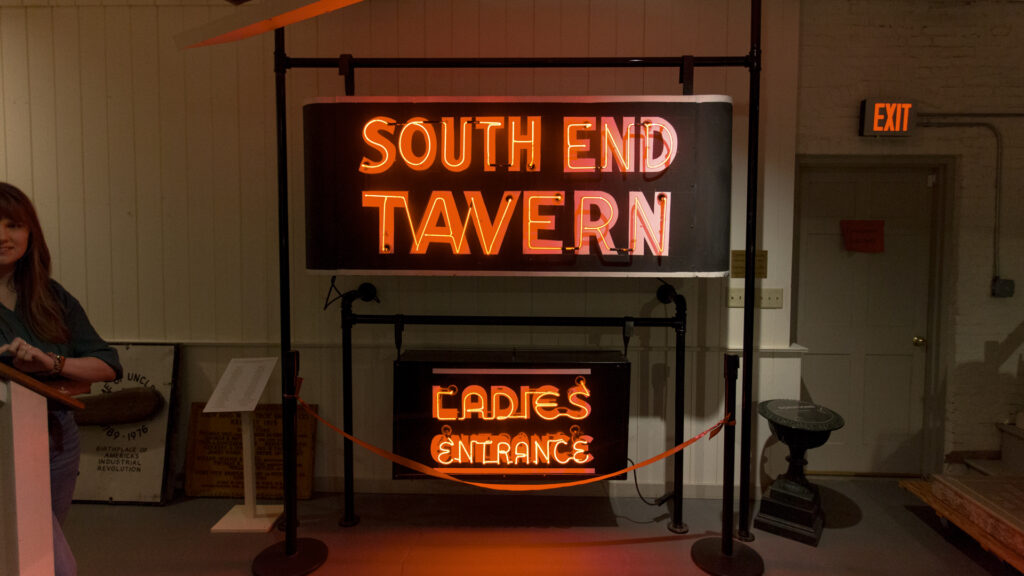
How do you see things changing in the next few years, what will your museum look like and how will that be different from today?
KATHRYN: I hope our museum will continue to be a dynamic institution where we recognize “every face and every story” in chronicling the history of the county. That may be reflected in changing furnishings and decorative arts in the Hart Cluett House as well as offering new and exciting programs and exhibitions in the Carr building as well as offsite throughout the county.
AMANDA: I think as a staff that is half seasoned employees and half new faces, we are at a good turning point of acknowledging what the organization has done in the past and ways to push the envelope moving forward. Our backgrounds, education, and professional experiences work to compliment each other and bring different approaches to challenges…I think there is a lot of potential for new partnerships with places like our sister organization the Hudson Mohawk Industrial Gateway Museum, especially as we expand our educational and community programming. I would love to see more of a focus on the people who walk by our building everyday and don’t know we exist, whether it’s a family headed to the weekend farmers market, college students, or residents.
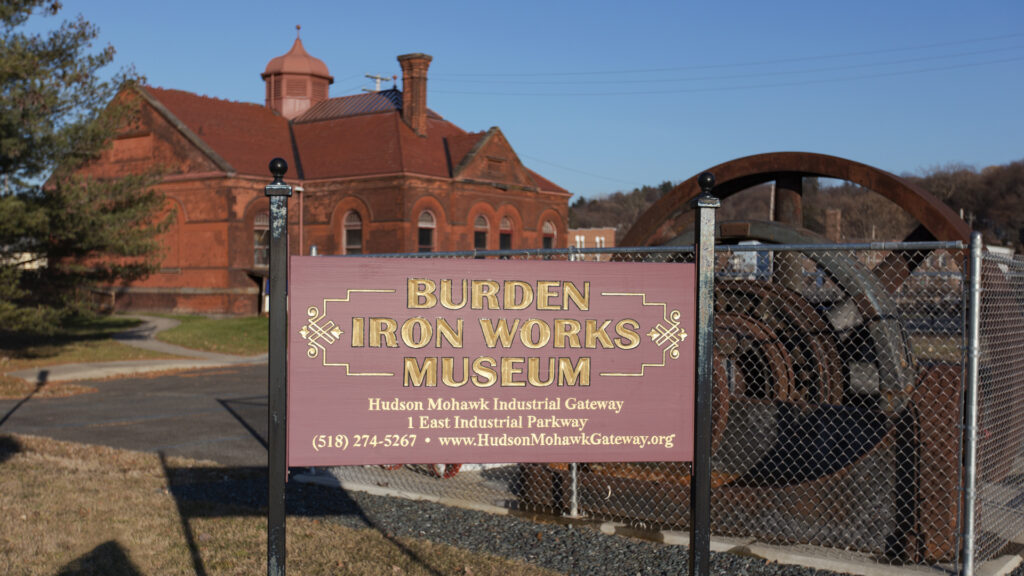
SAMANTHA: To remain relevant over the next few years, the Hart Cluett Museum will need to implement changes that better reflect the needs of its fellow community members. How these changes will be implemented and how the museum will look in a few years is unknown to me but it is my hope that these changes, whatever they may be, will allow for more diverse audiences that feel welcome, valued, and heard in our space – something that the Museum currently lacks. I do think, however, that with conversations and holding opportunities for dialogue, the Museum can visualize the needs of our community members and implement change based on those needs.
ANNA: I hope to make the Hart Cluett Museum a regular stop for locals on rainy days and visitors exploring our area. I hope to build relationships with other organizations and community members and have an array of programming people are excited about.
SUSAN: We are planning to improve and expand our programming to attract more people to the museum. This would include engaging the community to directly affect what kinds of programming we should pursue.
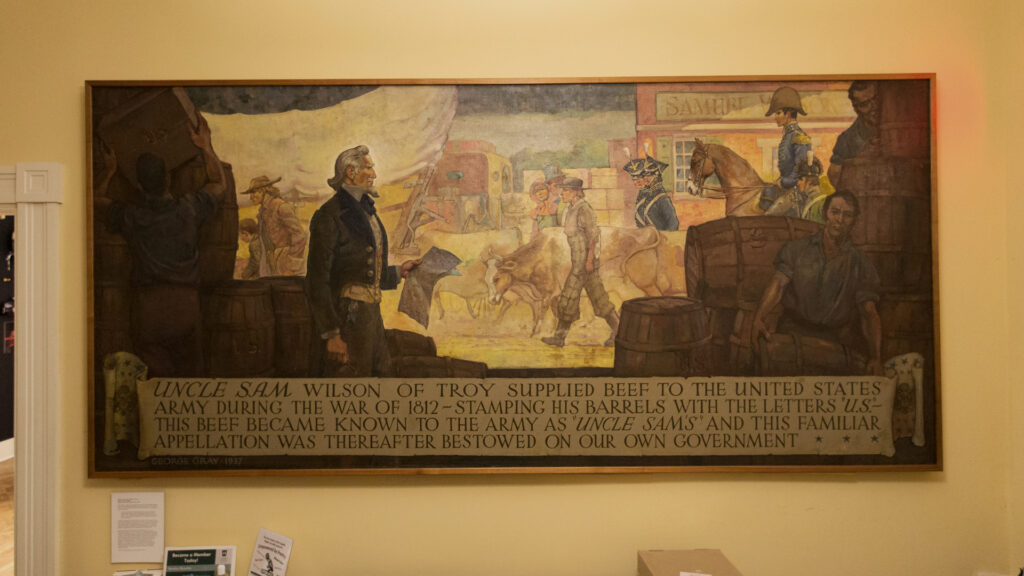
What would you say is the biggest challenge in front of you that needs to be addressed to achieve your goals?
KATHRYN: Money is always the biggest challenge with not-for-profit organizations, and we are no stranger to that. The other challenge is that we represent all of Rensselaer County even though we are physically located in downtown Troy. To do that we may be able to offer more offsite exhibitions throughout the county, increase our presence in the towns, through joint programming and workshops on using research materials in our library. I am fortunate that as county historian I have a good working relationship with the 14 town historians and the smaller all volunteer historical societies. I can assist them with research, technical assistance and be a conduit to the state historian’s office.
AMANDA: One recent challenge had been consistent staffing, as a result of pandemic aftermath and organizational transitions. I am happy to say that we have made strides in the right direction. As we look to make improvements in the historic house and offer more programs however, that increases staff time, supplies, and other general operating expenses needed.
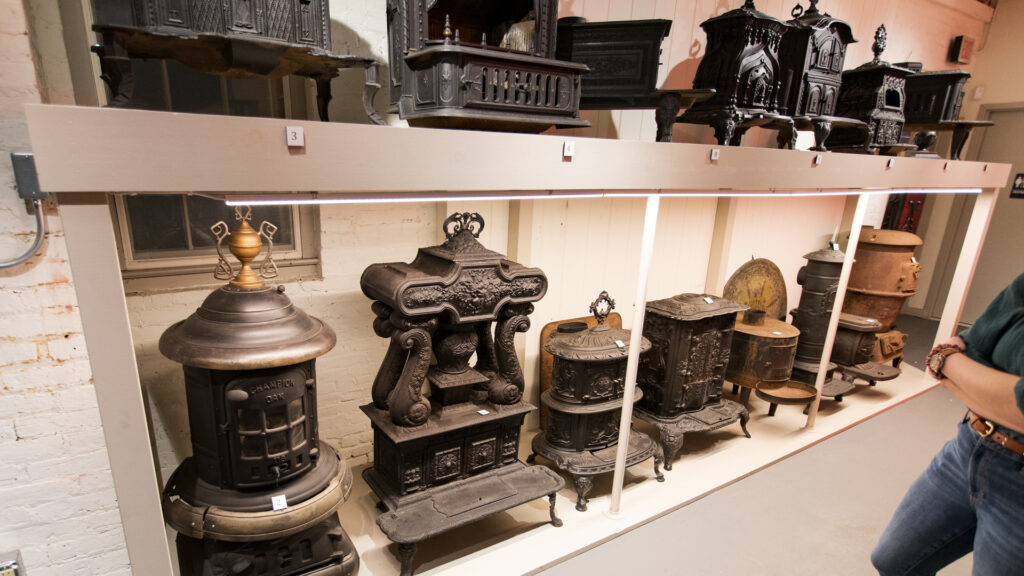
SAMANTHA: We have the gall, the grit, and the gumption to get things done, and always have as a team-oriented organization, but in terms of pay equity, program planning, exhibition design, repairs to the historic house, and beyond… it becomes rather clear that we could accomplish a lot once properly resourced. The generosity of our supporters and team of volunteers have allowed us to make strides in progressing the organization, but imagine what this place could be capable of if we could had expanded resources. To achieve my goals as the Curator and Archivist currently makes it difficult to achieve the standards and expectations of our community.
ANNA: Getting people’s attention and showing them that the museum is here– and we’re here for them! We preserve the history of everyone in Rensselaer County so that anyone who is curious can explore it. I want more people to come inside and then come back again with friends. Getting people talking about our space and using it can help us understand their needs and interests so we can do more to serve them!
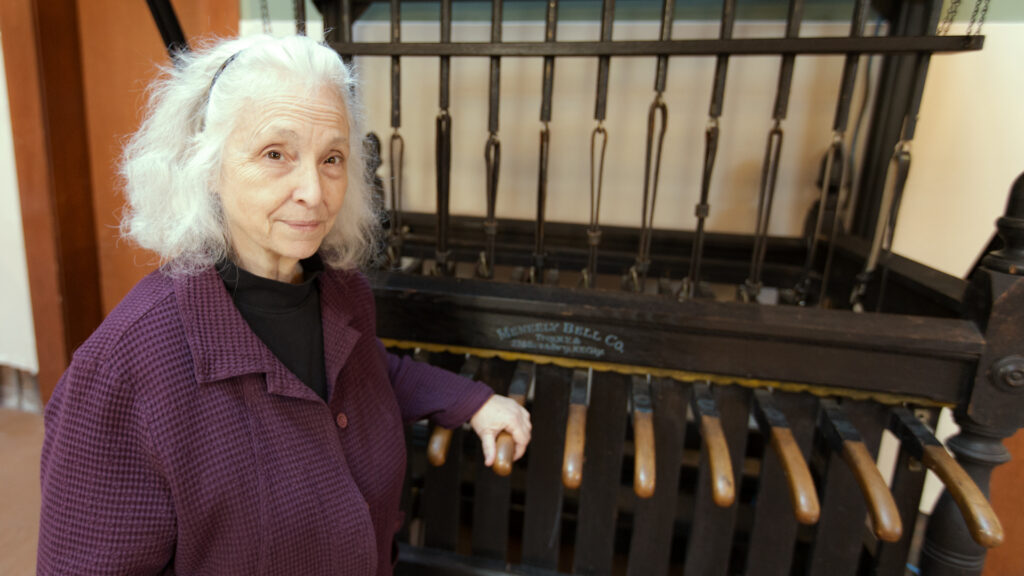
SUSAN: We need to expand our programming and employee base here at the museum. We are, aside from myself, entirely dependent on volunteers. Finding the kind of funding that would allow for part-time or even full-time employee would be a game changer for us. Student internships are also one of the ways we can also improve programming.
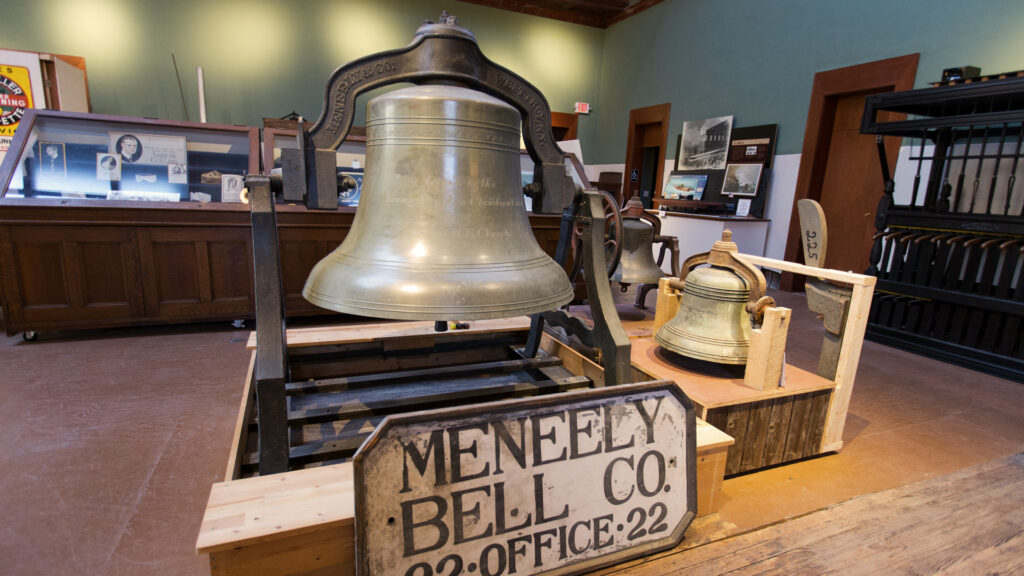
Those with the keys to a cities / region’s history represent the foundation of place, that which all is built upon. Why is it especially important for us today to have that connection? What is the danger of disregarding it?
KATHRYN: When I was appointed Rensselaer County and Troy City historian back in 2006 I was never more acutely aware that I reflected for the county pride of place and the importance our county history is to the region, state and nation. We have been a county for 232 years. I want people to know that it is by no accident that we have the amazing architecture in downtown Troy or the rich agricultural landscape that largely makes up the vast majority of Rensselaer County. It is over 200 years of resourceful people that grew this county and made us nationally recognized in science, education, and the arts. Those contributions and the contributions that new residents living and working in Rensselaer County are part of that succession; bringing new thoughts, ideas and energy, embracing the past history that is shared and building on that for the next 200 years!
AMANDA: I believe that we are a cultural pillar in our community, there is pride in acknowledging the accomplishments of the past and also understanding previous shortcomings as we look to the future. I picture the museum as a chord connecting past, present, and future, and the danger of disregarding that leaves us untethered.
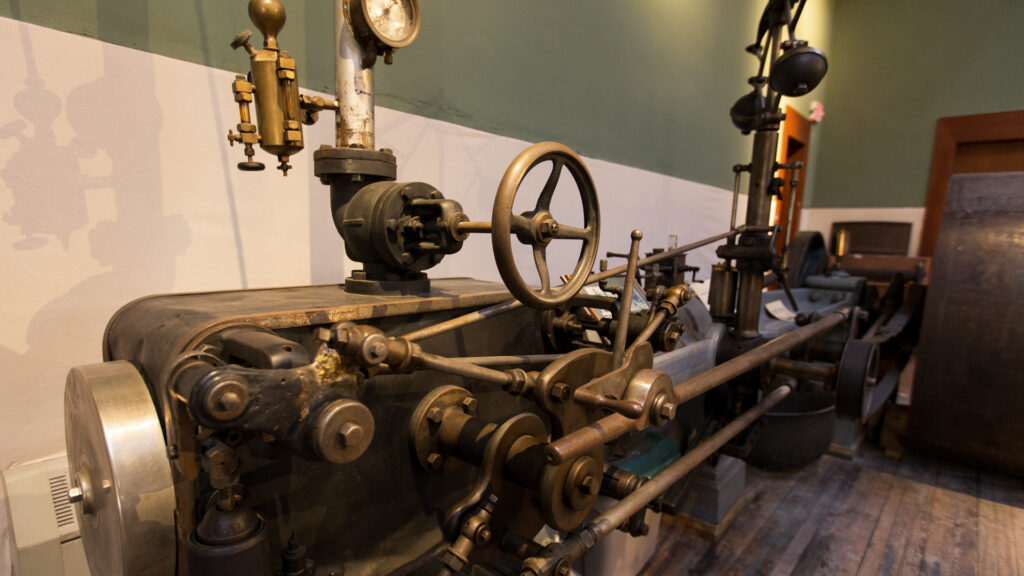
SAMANTHA: In today’s world, we are active bystanders in seeing the breakdown in the foundation of place and the dangers of disregarding it. History is what you had for breakfast, its everywhere you go, and history lives here. So why does all of that matter? Because the continued cultivation of our community relies on it – our shared past brings us together and makes us stronger. Without that sense of belonging, we begin to lose sight on the very values that have made Rensselaer County what it is today.
ANNA: History repeats itself and our current reality is a direct result of what has happened here before—the people who’ve lived here, the traditions, laws, policies, and major events shaped what we are experiencing today. We preserve history so people can understand where they come from and apply it to issues we’re facing today.
As a museum, we make sure to preserve the entire history and present it to the public as completely as possible. There’s bias in any interpretation and we hope that with our exhibits and programs we can invite the public into the conversation and make sure we’re preserving the full history of Rensselaer County. Our mission is to recognize “every face and every story,” we do this with the history we preserve and the community we serve.
SUSAN: If we are not able to connect with our community and have real conversations with each other about our past, present, and desires for our future, we will not be able to move forward. The importance of place in identity can be a positive influence in building confidence and expressions of unity can help to minimize the overall negatives that continue to crop up in the world around us.